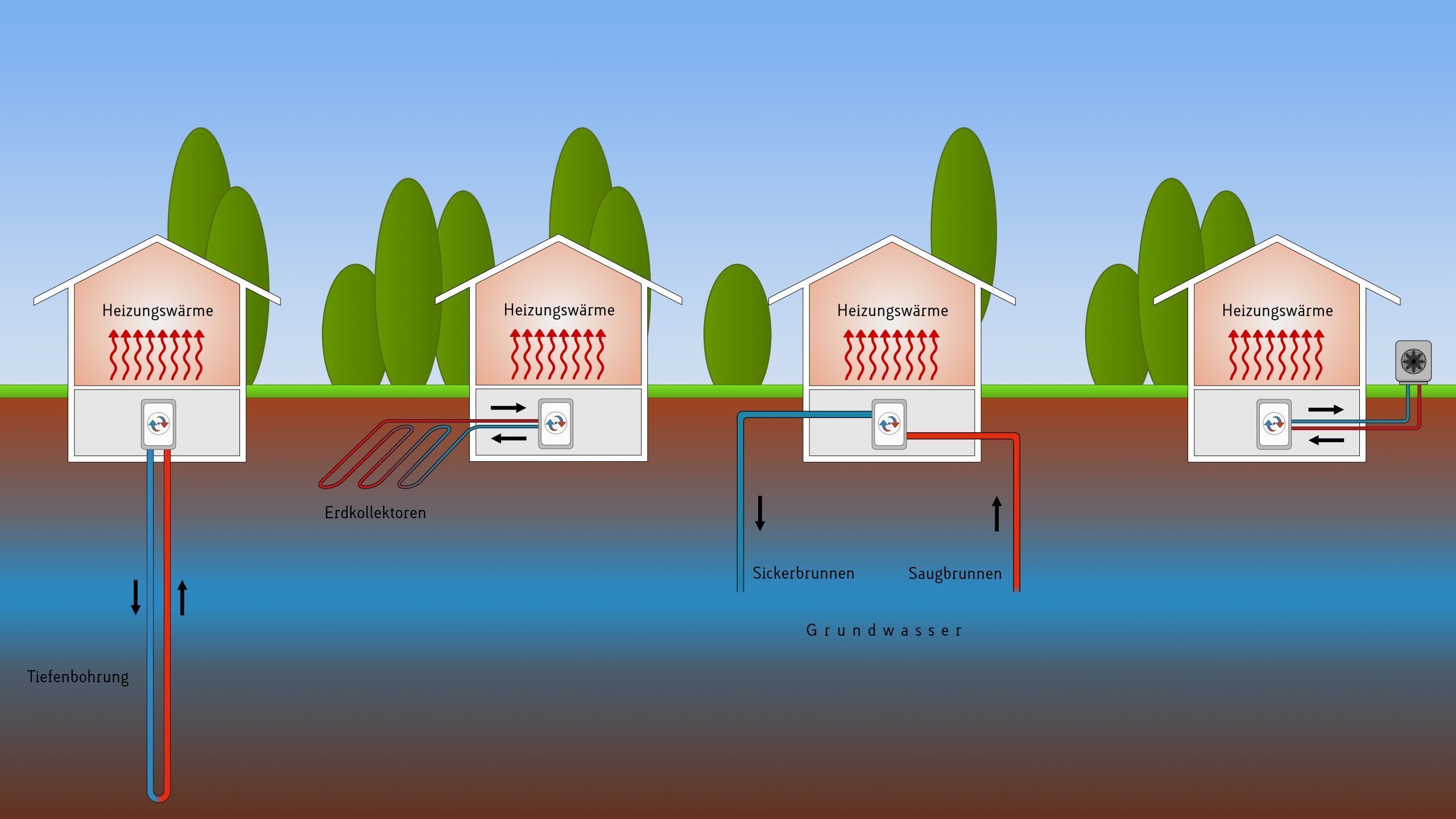
Heat pumps operated with green electricity are key to the energy transition in the building sector. However, to avoid electricity supply-demand gaps in north-western Europe, robust and well-coordinated expansion plans are needed. During cold spells, as last seen in 2012, there could be a future gap of up to 3.2 TWh of electricity. This is shown by the study “2030 Peak Power Demand in North-West Europe” conducted by the Institute of Energy Economics (EWI) at the University of Cologne and the French consulting firm E-CUBE Strategy Consultants on behalf of the French utility ENGIE.
EWI and E-CUBE have investigated how the electricity system in Germany, France, Denmark and the Benelux countries could react to cold spells in 2030. The authors defined three scenarios for the demand for electricity based on different degrees of electrification in the building and transport sectors. The result: The risk of gaps in electricity supply at very low temperatures increases until 2030, and it is mainly driven by heat pumps.
“Heat pumps are a key technology for the energy transition,” says Dr. Eglantine Künle, Manager and Chief Modeller at EWI. “In the study, we examined how they can be best integrated into the energy system during cold winters.“ Heat pumps play a special role in very cold winters. “On the one hand, they have to provide even more space heat. On the other hand, the efficiency of heat pumps decreases the colder it gets,” says Dr. Eglantine Künle, Manager and Chief Modeller at the EWI. “A disproportionately high amount of electricity must therefore be used for heating.” For the security of supply, it is central how large this effect is exactly. Nevertheless, the estimation is subject to uncertainty.
“Since investment cycles are very long, especially in the building sector, the security of supply in 2030 in cold times depends on decisions made today,” says Dr. Künle. By 2050, the problem of peak loads in very cold winters could become even more acute.
In addition to increasing available capacity, for example through gas-fired power plants, there are three key options for action. Firstly, scenarios must better reflect very cold winters and the real efficiency of heat pumps. This applies in particular to scenarios for network planning. Secondly, peak load can be reduced in a targeted manner by a specific mix of heating technologies. For example, fewer electric resistance heaters and more hybrid heat pumps could provide more flexibility. Thirdly, coordination mechanisms are important to develop the flexibility potential of heat pumps. Smart meters and time-variable electricity prices, among other things, can provide further flexibility. This reduces the risk of a supply shortfall in very cold winters.